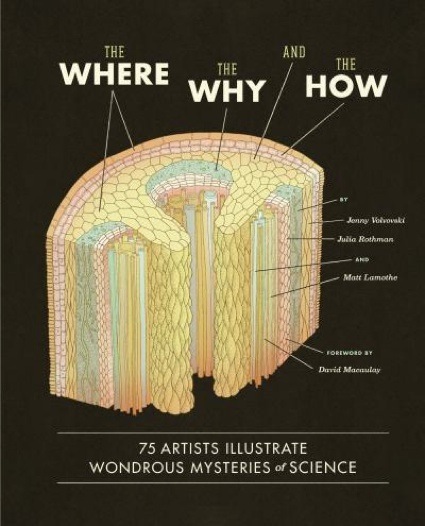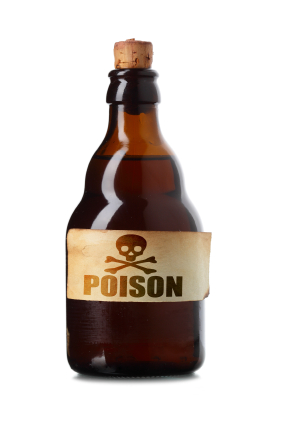 When I first learned that I had won a copy of The Where, The Why and The How in the book lottery at ScienceOnline 2013, I couldn’t believe my luck. I never win anything, at least not anything that I actually want. And I wanted a copy of this book.
When I first learned that I had won a copy of The Where, The Why and The How in the book lottery at ScienceOnline 2013, I couldn’t believe my luck. I never win anything, at least not anything that I actually want. And I wanted a copy of this book.
The book is beautiful to hold. The linen binding is beautiful, reminiscent of bygone days when book binding was a practiced art. The paper is thick and smooth, a tactile pleasure as you turn each page; the pages themselves sound substantial as you flip through the book. Even the smell of the book is delightful—bringing to mind the stacks of old books filling a great library, even though what you hold in your hand is a new work. The science paisley inside covers of the book are a delight to look at, comprising various science icons intricately woven into an astounding tapestry.
I was expectant when I opened the book for the first chance for a serious read. Continue reading “The Where, The Why and The How: A science writer and a graphic designer have a conversation”

